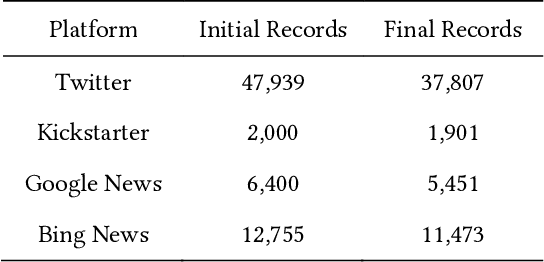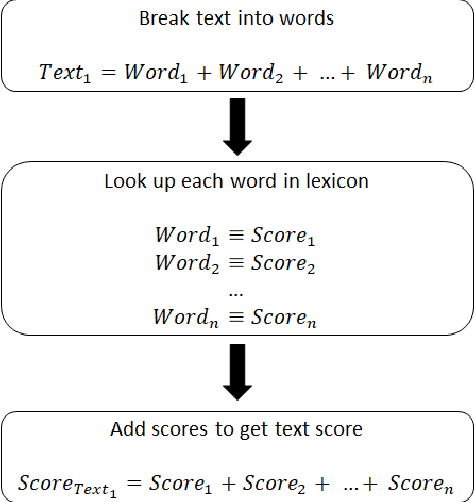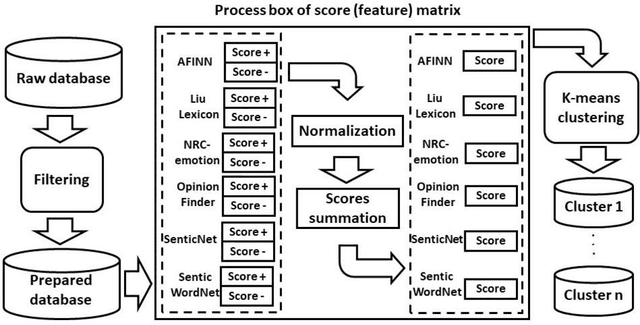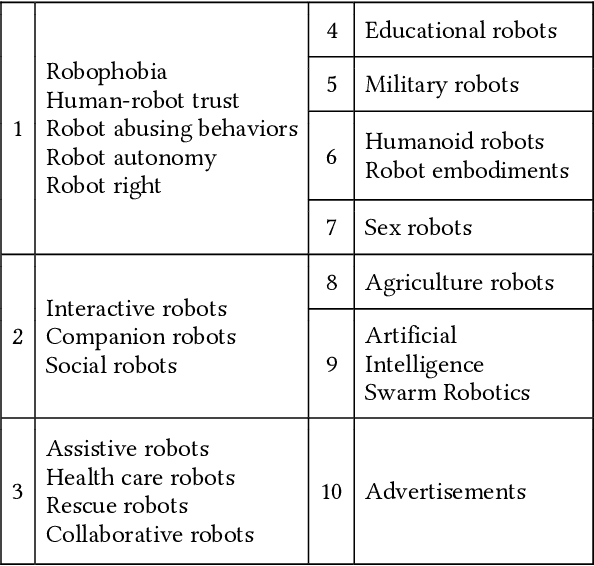Hamidreza Keshavarz
SEFR: A Fast Linear-Time Classifier for Ultra-Low Power Devices
Jun 08, 2020



Abstract:One of the fundamental challenges for running machine learning algorithms on battery-powered devices is the time and energy needed for computation, as these devices have constraints on resources. There are energy-efficient classifier algorithms, but their accuracy is often sacrificed for resource efficiency. Here, we propose an ultra-low power binary classifier, SEFR, with linear time complexity, both in the training and the testing phases. The SEFR method runs by creating a hyperplane to separate two classes. The weights of this hyperplane are calculated using normalization, and then the bias is computed based on the weights. SEFR is comparable to state-of-the-art classifiers in terms of classification accuracy, but its execution time and energy consumption are 11.02% and 8.67% of the average of state-of-the-art and baseline classifiers. The energy and memory consumption of SEFR is very insignificant, and it even can perform both train and test phases on microcontrollers. We have implemented SEFR on Arduino Uno, and on a dataset with 100 records and 100 features, the training time is 195 milliseconds, and testing for 100 records with 100 features takes 0.73 milliseconds. To the best of our knowledge, this is the first multipurpose algorithm specifically devised for learning on ultra-low power devices.
Public vs Media Opinion on Robots
May 05, 2019



Abstract:Fast proliferation of robots in people's everyday lives during recent years calls for a profound examination of public consensus, which is the ultimate determinant of the future of this industry. This paper investigates text corpora, consisting of posts in Twitter, Google News, Bing News, and Kickstarter, over an 8 year period to quantify the public and media opinion about this emerging technology. Results demonstrate that the news platforms and the public take an overall positive position on robots. However, there is a deviation between news coverage and people's attitude. Among various robot types, sex robots raise the fiercest debate. Besides, our evaluation reveals that the public and news media conceptualization of robotics has altered over the recent years. More specifically, a shift from the solely industrial-purposed machines, towards more social, assistive, and multi-purpose gadgets is visible.
 Add to Chrome
Add to Chrome Add to Firefox
Add to Firefox Add to Edge
Add to Edge